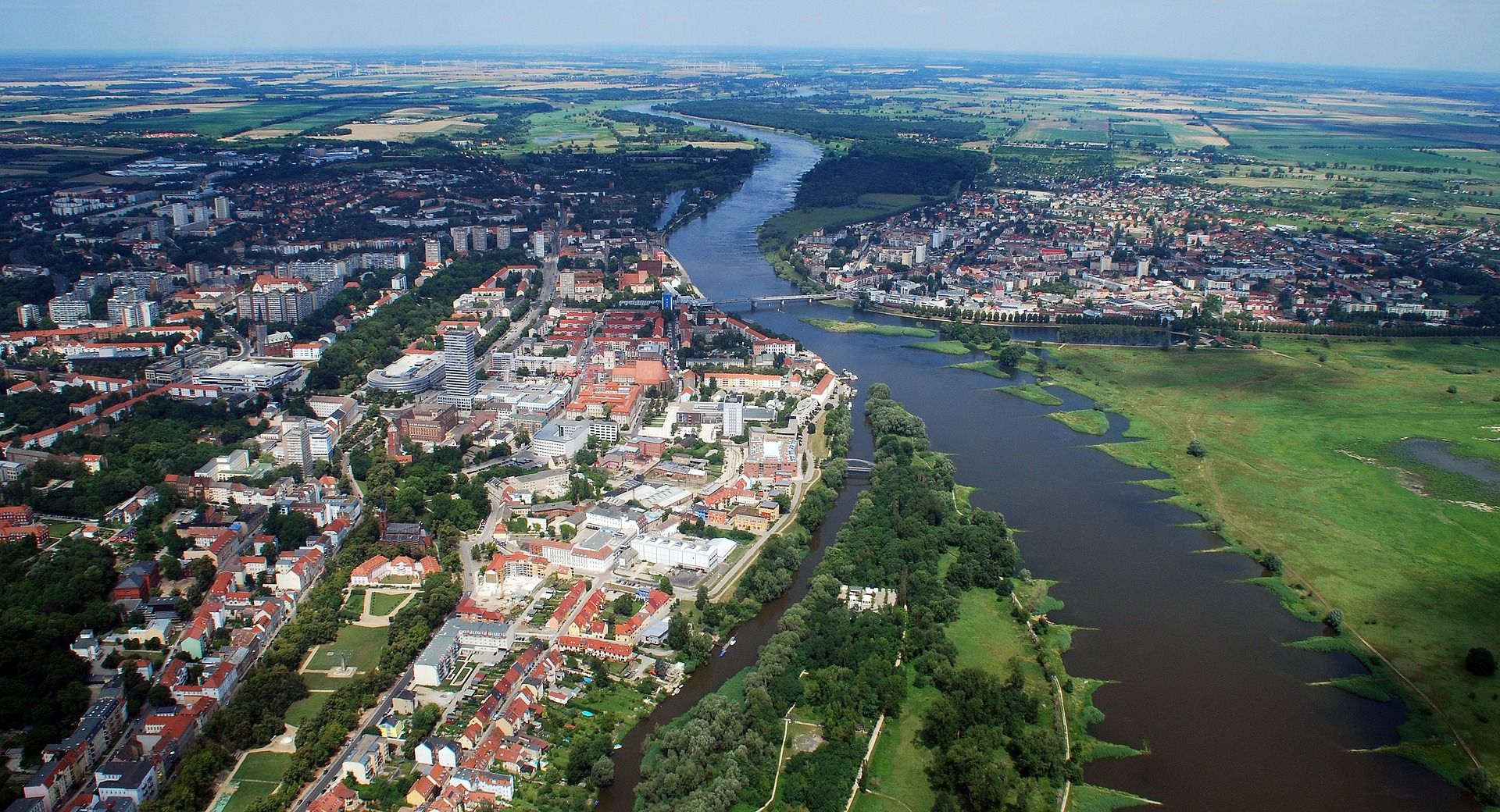Polluted water, thousands of dead fish, destroyed wildlife, and authorities pointing fingers at each other—the Oder disaster’s dossier from Poland.
The Oder environmental disaster shocked Poland during the summer. The Polish government and authorities were slow to react, and then they started shifting the responsibility to each other. The 840-kilometer-long Oder is Poland's second-longest river, forming the border between Germany and Poland in a long part. It rises in Northern Moravia, Czechia, and flows into the Baltic Sea through the Szczecin Lagoon.
The Oder has been a relatively clean river in recent years, with nearly 40 fish species in its water. The first reports of the ominous events were recorded in mid-summer, around 27 July, when local anglers noticed masses of dead fish near a sluice at Oława in southwest Poland. The fishermen were not very surprised as a similar phenomenon had already been reported in mid-July at the confluence of the Oder and the Gliwice Canal, which connects the river with the Upper Silesian Industrial Region.

An increasing number of dead fish was reported in the following period, including the Lower Oder Valley National Park and the Szczecin Lagoon area. An estimated 250 tonnes of dead fish had to be removed from the water in the coming months. „The stench around the water was so bad that some of the personnel deployed to remove the dead fish vomited during their work,” – a local resident told Reuters.
At first, there was great confusion about the events, with many contradictory assumptions. In mid-August, the Polish government, showing its commitment to tackling the tragedy, offered a reward of PLN 1 million (approximately €200,000) to the person who leads the authorities to the individuals responsible for the river’s pollution. Moreover, Polish PM Mateusz Morawiecki dismissed the head of the national water authority and the head of the environmental authority.
The first independent assessments from Polish experts were published in the second half of August. The Polish Inland Fisheries Institute reported that the disaster was potentially caused by the bloom of golden algae, producing a deadly toxin for fish. The researchers of the German Leibniz Institute for Freshwater Ecology and Inland Fisheries (IGB) agreed with their Polish colleagues but added that such a high rate of proliferation of algae can only be explained by increased salinity levels resulting from industrial pollution.
The official report of the Polish Environmental Institute was published at the end of August: 221 water samples were taken in various stretches of the Oder, confirming the allegations of algal toxins. The toxic algae species, never before seen in Polish waters, was held directly responsible for the ecological disaster, ruling out any manmade pollution. The official German report also blamed the algae but drew attention to the specific conditions in the water that allowed it to bloom. The Germans reinforced the independent experts’ assessments that such a surge in salt concentration could not be natural; therefore, the disaster was undoubtedly manmade.

Environmental experts and activists claim that the current golden algal bloom is just the tip of the iceberg of decades of neglecting environmental protection in Poland. They believe that it is pivotal to the problem that industrial wastewater can be legally discharged into rivers. To support their claim, they revealed that 42 permits were issued to discharge industrial or municipal wastewater containing chlorides and sulfates to the Oder. In addition, global warming also played a role in the catastrophe: the very low water level has increased the river’s vulnerability to pollution. And we must prepare for similarly extreme dry periods in the future. The Oder’s ecosystem will most likely need years to recover. The Polish government has not acknowledged officially that the disaster was caused by human activity, and PM Morawiecki said the river’s recovery will be quick.
The Polish government is under the harsh criticism of activists, experts, and German officials for failing to meet its environmental obligations. Particular concerns about managing the Oder’s water quality and regulating the riverside infrastructure’s maintenance are raised. After the disaster, Poland’s Minister of Climate and Environment promised to upgrade the water quality monitoring system by building a new network. The monitoring system, operating 24/7, would be able to transmit data continuously to environmental authorities. The total investment will cost PLN 250 million.

Resilience instead of globalization

A chair is what you use as a chair | Interview with Anna Zsoldos










